The regenerative ability of animals refers to their ability to restore normal functions through self-repair or regeneration after being damaged or losing certain body parts. Regenerative animals can grow new body parts by dividing, regenerating tissue or stem cells. This ability includes not only the regeneration of limbs and organs, but also the regeneration of the nervous system, cardiovascular system, and immune system. Although not all animals have the ability to regenerate, for those that do, the ability to regenerate is critical to maintaining their survival and reproduction. An animal's ability to regenerate varies from species to species. Some animals can restore parts of their bodies through regeneration, such as scorpion tails, lizard tails, octopus tentacles, and asteroid arms.
However, not all animals have the ability to regenerate. For example, humans have a very limited regenerative capacity and can only recover from minor injuries, such as skin trauma. In contrast, many reptiles and arthropods have greater regenerative abilities and can even completely rebuild lost body parts.
Let’s take a look at the world’s top ten animals with regenerative capabilities, such as ctenophores, axolotls, starfish, salamanders, flatworms, hydroids, aquarium/sea-cucumbers.html">sea cucumbers, snaketails, sponges, octopuses, etc. These animals with regenerative capabilities Biology once became a hot research topic for scientists.
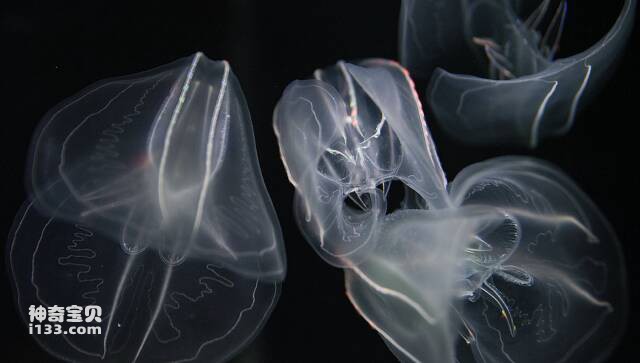
1. Ctenophores (scientific name: Ctenophores)
Ctenophores are a group of marine organisms with amazing regenerative abilities. They can restore their original form and function through cell proliferation and regeneration after being damaged or losing part of their bodies. According to research, ctenophores can even cut themselves into many pieces, and each fragment can regenerate a complete adult ctenophores.
The regenerative ability of ctenophores relies primarily on highly plastic cell types within their bodies called "intermediate cells." These cells can promote repair and regeneration by differentiating into different types of cells. In addition, ctenophores can reorganize their tissue structure to adapt to different environments and survival needs, which is one of the reasons for their strong regeneration ability. Because the regenerative abilities of ctenophores have aroused great interest among scientists, they are widely used as model organisms for regeneration and stem cell research.
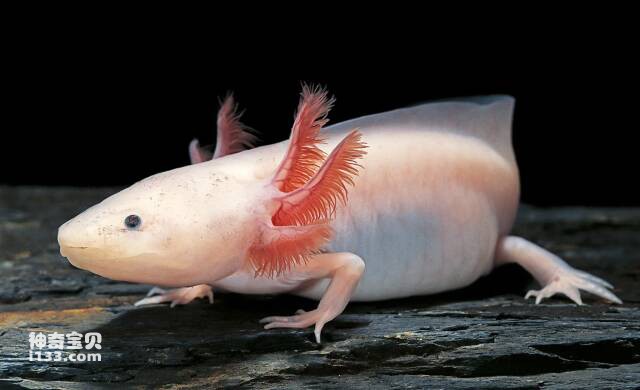
2. Ambystoma mexicanum (scientific name: Ambystoma mexicanum)
Ambystoma americana, commonly known as the hexagonal dinosaur, is an amphibian living in Mexico, also known as the Mexican salamander. They are known for their powerful regenerative abilities, allowing them to restore their original form and function through cell proliferation and regeneration after damage or loss of body parts. The most striking of these is its ability to regenerate a variety of body parts, including limbs, tails, eyes and even inner ears.
The study found that the regenerative ability of the axolotl mainly depends on the highly plastic stem cells in its body. These stem cells can differentiate into different cell types and reorganize into tissue structures suitable for restoring damaged areas. In addition, the axolotl can also control cell proliferation and differentiation by regulating gene expression and cell signaling pathways, thereby promoting the regeneration process. Currently, scientists are working hard to decipher the molecular mechanism of axolotl regeneration, hoping to develop more effective regenerative treatments to help humans restore damaged tissues and organs.
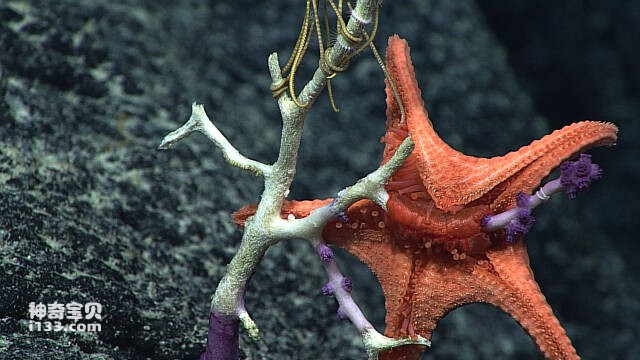
3. Starfish (scientific name: Asteroidea)
Starfish are known for their amazing regenerative abilities. After being damaged or losing body parts, starfish can restore their original form and function through cell proliferation and regeneration. The most striking thing is that they can completely reconstruct their own body structures, including limbs, internal organs, and nervous systems. Because starfish have such amazing regenerative abilities, losing arms and limbs is a trivial matter to them. It is known that scientists are exploring the mysteries of starfish's regenerative abilities in order to draw inspiration from them and seek a new medical method for mankind. Scientists have discovered that when a starfish is injured, backup cells are activated. These cells contain all the genes for the missing part of the body and work with other tissues to regenerate the lost wrist or other parts.

4. Salamander (scientific name: Salamandridae)
Salamanders refer to amphibians with strong regenerative capabilities in the family Salamanderidae. There are 23 species in 6 genera in my country, accounting for 30.3% and 29.9% of the 77 species in 20 genera and 20 genera in the world respectively. A type of immune cell called "macrophage" is crucial to the axolotl's regenerative ability. If macrophages are systematically eliminated, the axolotl will lose its ability to regenerate limbs and form scar tissue. The axolotl's tissue regeneration process creates no scars and is an almost perfect replica of the site before damage. Think of the axolotl as a template for perfect regeneration.
As well as having holy grail applications like healing damaged spinal cords and brain injuries, studying the axolotl's healing process could help develop a range of new treatments for a host of common diseases, such as heart disease and liver disease. Associated with fibrosis or scarring. Salamanders can regenerate not only limbs but also internal organs. Scientists have discovered that the cells in the salamander's regenerated limbs have partial memory functions, and it is these memory functions that can regenerate new bones, muscles and nerve tissue. Research on the memory function in axolotls may help research on the regeneration of amputated limbs in humans. On September 2, 2022, the world's first spatial and temporal map of salamander brain regeneration was released.
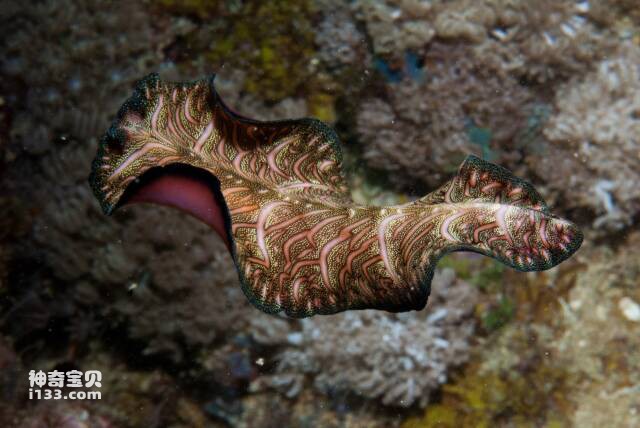
5. Flatworms (scientific name: Platyhelminthes)
Flatworms generally refer to the phylum Platyhelminthes, and flatworms have amazing regenerative abilities. They can regenerate from fragments of themselves into new complete entities, even when only a small part of their body remains. This regenerative ability is due to the pluripotency and regenerative abilities of flatworm cells, which allow them to restore missing tissues and organs by redifferentiating and reorganizing cells. In addition, flatworms also have very simple nervous systems, which makes their regeneration process easier. This ability has attracted widespread attention from scientists and is being studied to understand its potential applications.
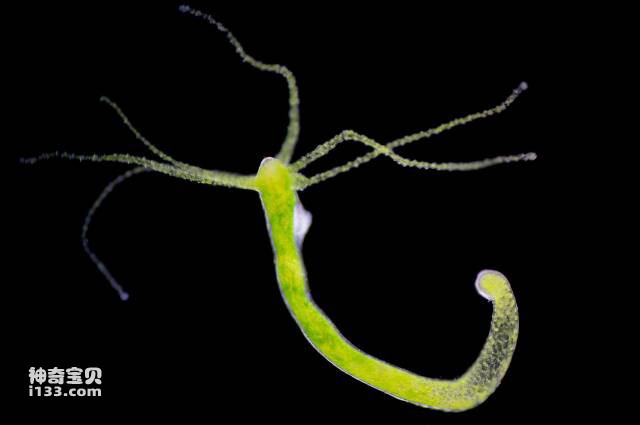
6. Hydra (scientific name: Hydra)
Hydras are multicellular invertebrates that also have amazing regenerative abilities. They can regenerate from fragments of themselves into new complete entities, even when only a small part of their body remains. Similar to flatworms, this regenerative ability is due to the pluripotency and regenerative abilities of Hydra's cells, which allow them to restore missing tissues and organs by redifferentiating and reorganizing their cells. In addition, hydras also have a very simple nervous system, which makes their regeneration process easier.
Interestingly, hydra's regenerative abilities also include the regeneration of its brain and central nervous system. This means that even if a hydra's head is removed, they can still resume normal function by regenerating a new head. This ability has potential value for studying nerve regeneration and treating neurodegenerative diseases. Scientists hope to find ways to extend human life through such research.
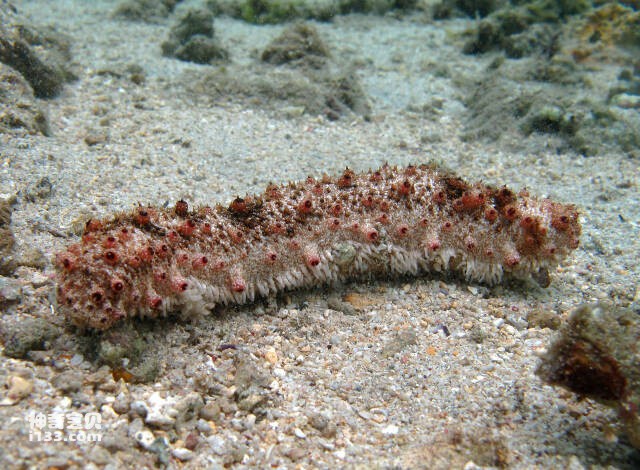
7. Sea cucumber (scientific name: Holothuria)
Sea cucumbers are invertebrates, with more than 900 species in the world and about 140 species in my country. Sea cucumbers are also animals with excellent regenerative abilities. They can restore a complete body through regenerative capabilities when the body is traumatized or even broken into multiple pieces. In fact, in some cases, aquarium/sea-cucumbers.html">sea cucumbers can even regenerate a fragment that is missing most of its body into a complete individual.
The regenerative capabilities of aquarium/sea-cucumbers.html">sea cucumbers are primarily attributed to the fact that their cells can differentiate into various different types of cells, and their tissues and organs can recombine to form new body parts. Additionally, the sea cucumber's immune system assists in the regeneration process, preventing infection and promoting rapid repair of damaged areas. This regenerative ability has great potential value in the fields of medicine and science. Sea cucumber cells can be used to study stem cells and tissue regeneration, as well as treat neurodegenerative diseases, cardiovascular diseases and other diseases.
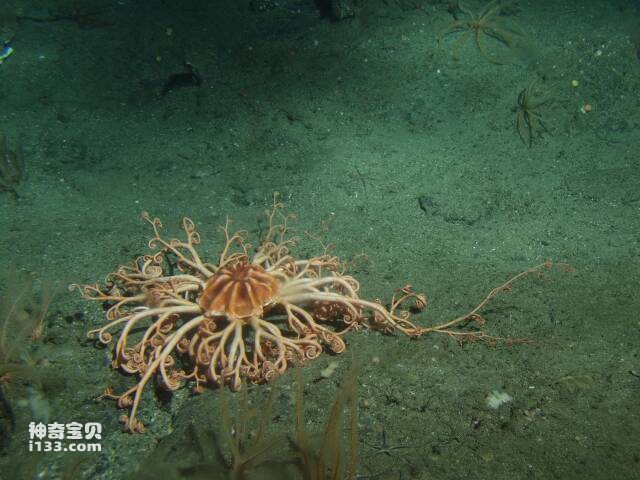
8. Basket snake tail (scientific name: Gorgonocephalus)
The basket snake's tail is also thought to be an animal with amazing regenerative abilities. They can regenerate their tails intact when their bodies are traumatized or their tails are severed. Basket Snake's tail not only has amazing regeneration ability, but each of its 5 arms can be divided into 2 small arms, and these small arms are further divided into many smaller arms and legs, which looks like many snakes coiled together. . Much like the hair of the mythical Medusa.
This regenerative ability is largely due to the fact that the cells of the basiliscus can redifferentiate into various cell types, and that tissues and organs can recombine to form new body parts. In addition, during the regeneration process, the snaketail will produce a special cell type called regenerative organ tissue. These cells can rapidly proliferate and differentiate and promote the repair of damaged areas.
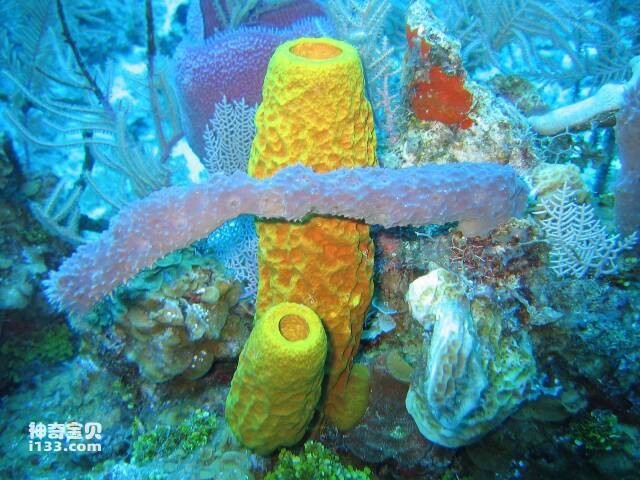
9. Sponge (scientific name: Phylum Porifera)
Sponges are the most primitive multicellular animals. They have lived in the ocean 600 million years ago and have developed to more than 10,000 species, accounting for 1/15 of marine animal species. Sponges also have a certain regeneration ability, especially for smaller animals. range of damage. When their bodies are slightly damaged, sponges can restore the damaged area through tissue regeneration and cell proliferation. Unlike other animals that have higher-level tissues and organs, sponges' bodies are composed of a series of cells with no specific structure and function, so their regeneration process is relatively simple. In the damaged area, the sponge's cells begin to divide and move outward, forming a structure called a "blastema."This structure can differentiate into various cell types and re-establish tissue structure in damaged areas.
Although the regeneration ability of sponges is not as powerful as that of other animals, studying its regeneration mechanism is still of scientific value. For example, understanding the tissue regeneration process in sponges may help develop new treatments to promote the regeneration of human tissues and organs. Scientists have also discovered that the toxins in the sponge body can be used to make medicines to treat tumors, cardiovascular and respiratory diseases. At present, sponges are the marine organisms with the richest marine active substances found, and have become an important resource for the development of marine drugs.
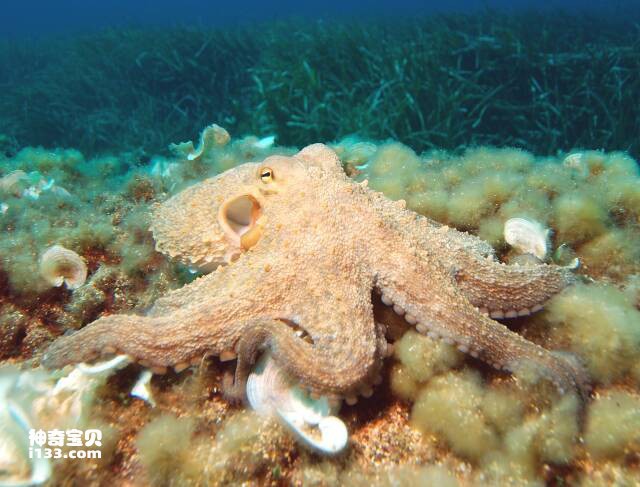
10. Octopus (scientific name: Octopus)
Octopus, also called Octopus, is the general name for 252 species of marine molluscs in 26 genera of the family Octopus. The octopus is a very amazing animal, and its regenerative abilities are thought to be relatively weak compared to other invertebrates. While they can regrow some tissue when their bodies are slightly injured, octopuses have very limited regenerative capabilities for large-scale injuries or amputations. When an octopus's body is damaged, its cells can rapidly divide and multiply in an attempt to repair the damaged area. However, amputations are usually permanent because octopuses lack regenerative organ tissue (blastema), meaning they are unable to regrow complete new limbs.
Still, studying the regeneration process in octopuses is of great scientific value. For example, understanding the mechanisms of cell proliferation and differentiation in octopuses can help us better understand the fundamentals of the animal's regenerative capabilities and lay the foundation for the development of new treatments for certain human diseases.
Of course, there are also geckos, snakes, shrimps, crabs, planarians, lizards, etc. that have the ability to regenerate. The list of the top ten animals with the ability to regenerate is mainly derived from online indexes or shared by netizens, combined with descriptions from relevant websites. They are compiled and ranked in no particular order. The list is for your reference and entertainment only. If you have any questions, please leave a comment at the end.
animal tags:
We created this article in conjunction with AI technology, then made sure it was fact-checked and edited by a Animals Top editor.